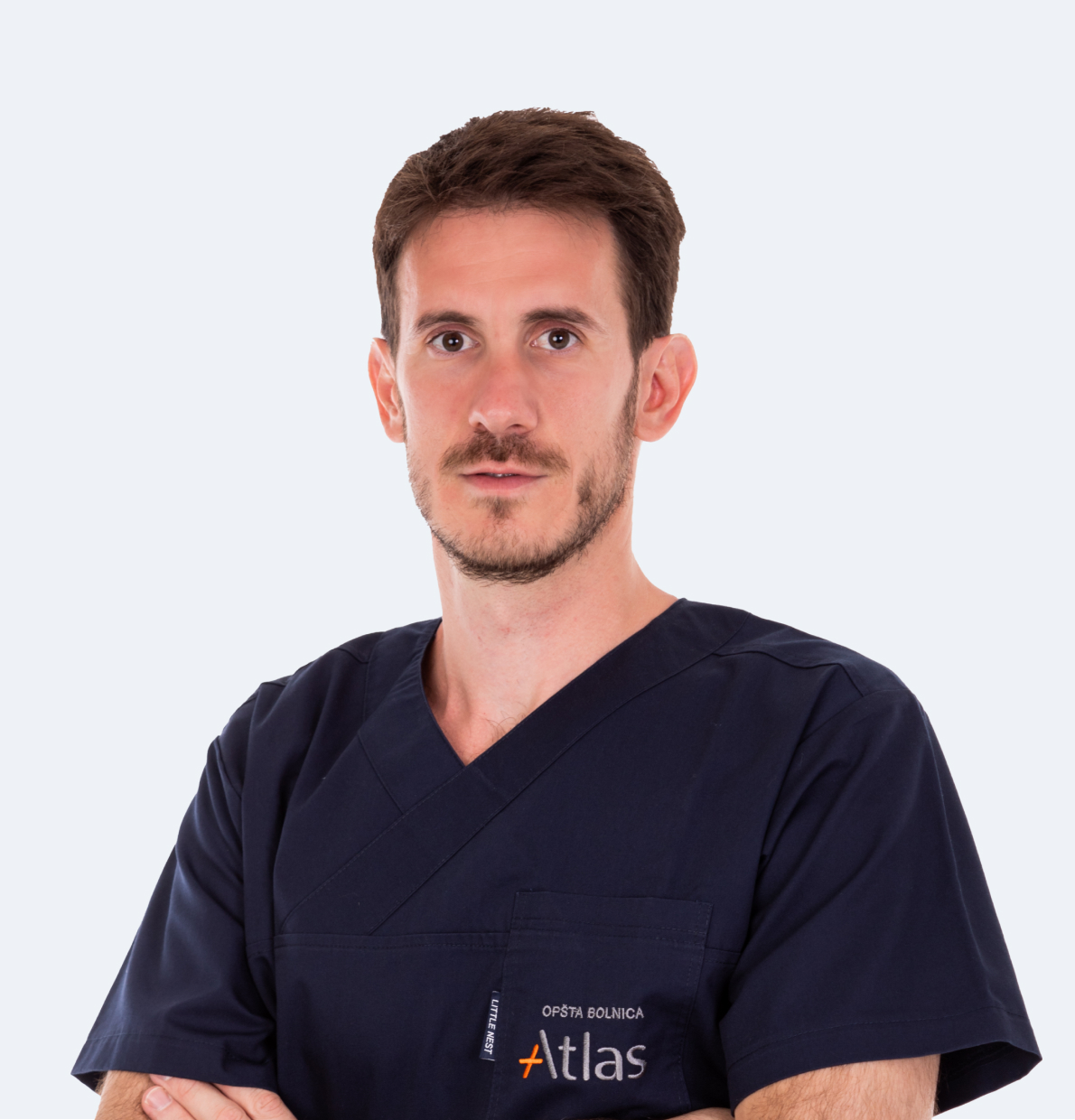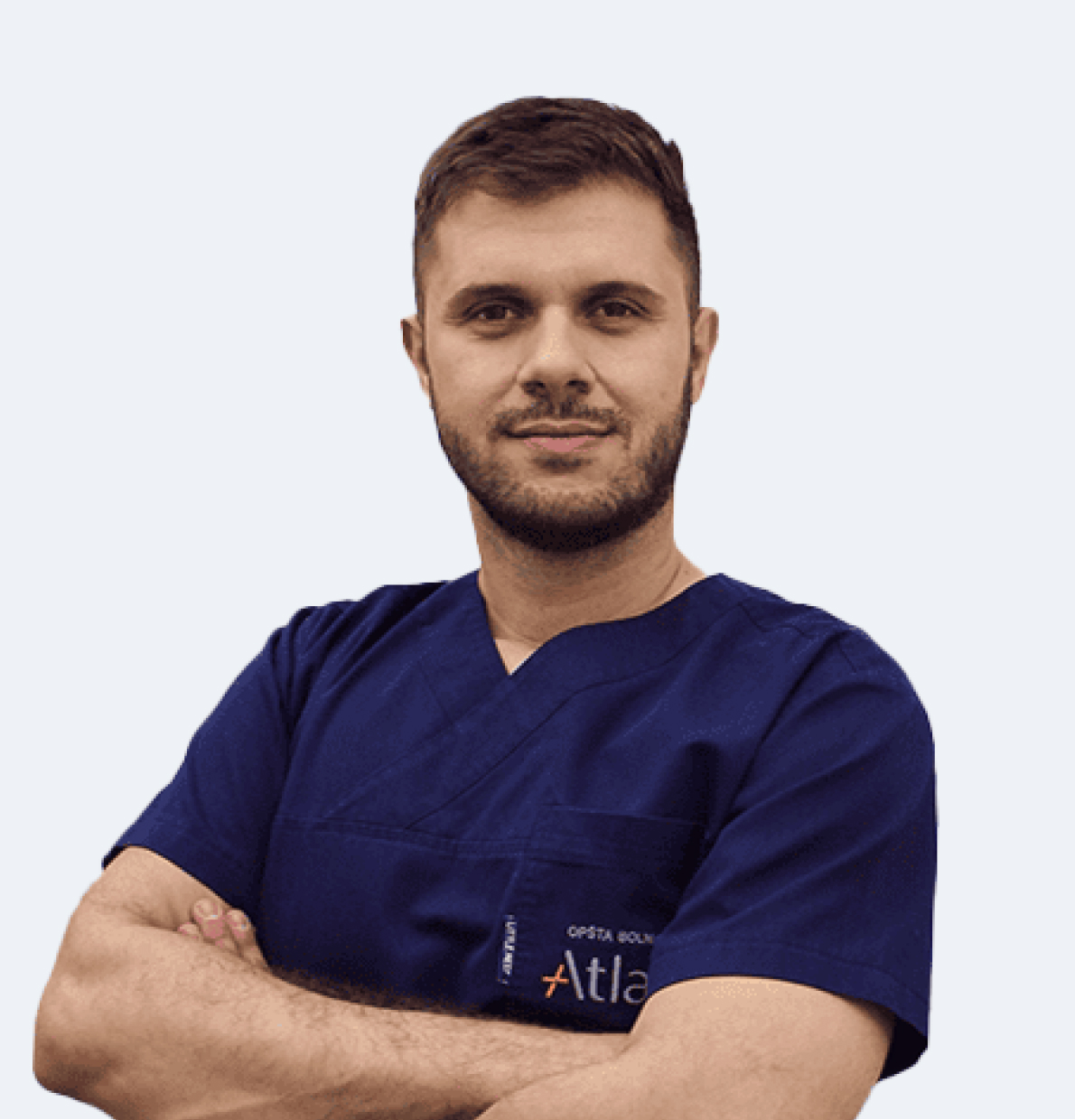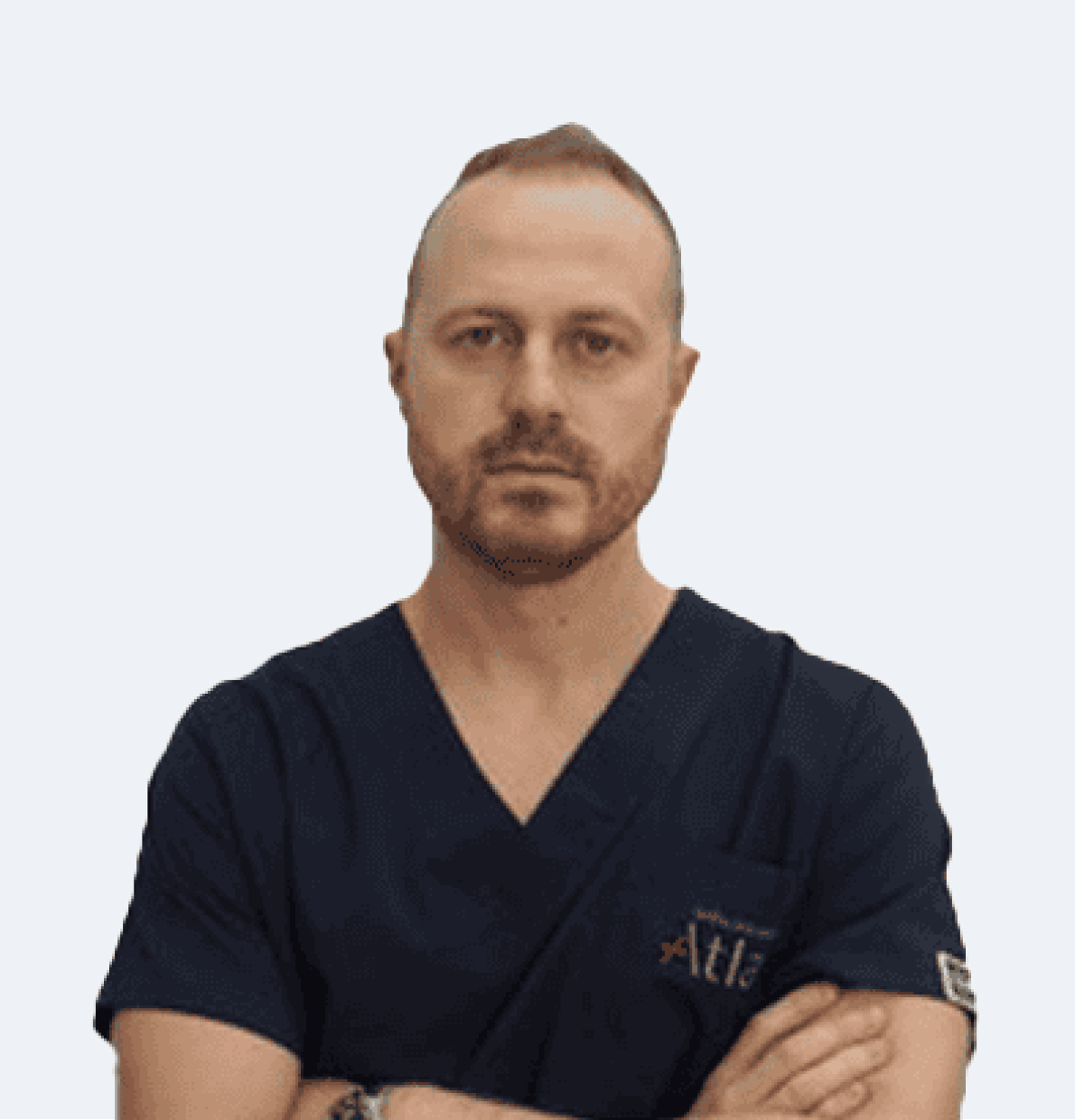
The shoulder is the most flexible joint in the body.It allows one to place and rotate one’s arm in many positions in front, above, to the side, and behind one’s body. This flexibility also makes the shoulder susceptible to instability and injury.
Depending on the nature of the problem,non-surgical methods of treatment often are recommended before surgery. However, in some instances, delaying the surgical repair of the shoulder can increase the likelihood that the problem will be more difficult to treat later.
Early, correct diagnosis and treatment of shoulder problems can make a significant difference in the long run.
Shoulder instability may be acute and chronic, traumatic and a traumatic : anterior (most often in 95% cases), posterior, inferior and multi-directional.
Luxation can be treated conservatively (orthosis, physical therapy),but surgical treatment is often required.
In younger patients if shoulder luxation was caused by trauma, surgical treatment is almost always necessary. Arthroscopy is used to stabilize the shoulder.
Reconstruction of the rotator cuff
Rotator cuff is composed of four muscles around the shoulder (supraspinatus, infraspinatus, teresminor and subscapularis) which are essential to the function of the shoulder.
The rotator cuff muscles predominantly stabilize the glenohumeral joint , but also contribute significantly to movement.
Damage of the rotator cuff muscles may be a consequence of trauma (most often in young people) or of a degenerative process (in elderly people).The clinical picture is characterized by pains and inability to perform certain movements of the shoulder. If the damage in elderly people is minor and does not affect function seriously, rehabilitation and conservative treatment are recommended.
Arthroscopy or mini-open technique is used if a surgical intervention is needed,
Arthroscopy is a minimally invasive technique in which an orthopedic surgeon makes a small incision in the patient’s skin and then inserts pencil-sized instruments that contain a small lens and lighting system to magnify and illuminate the structure inside the joint.The advantage of arthroscopy is in a quicker rehabilitation, less postoperative pain and better aesthetic result.
Classical open technique is not used because it does not give good aesthetic results.
Endoprosthesis
Endoprosthesis implantation is used in elderly patients with advanced arthrosis and complex shoulder fractures as well as arthropathy of different causes and osteonecrosis. There are partial, total and reversal shoulder endoprosthesis.
How is this procedure carried out?
Fine surgical instruments are inserted into the joint through one or more incisions.
During arthroscopic examination, a surgeon makes a small incision on the skin through which an arthroscope which contains a small lens and lighting system to magnify and illuminate the structure inside the joint, is inserted into the joint.
Rehabilitation
Six months after endoprosthesis, patients do specific exercises for strengthening the musculature as well as exercises in water. Driving is allowed two weeks after the intervention.
Patients should not have any strenuous physical activity neither should they carry anything heavy in the operated arm.
After shoulders have been stabilized,rehabilitation includes:
Wearing orthosis for the first four weeks and shoulder rotation to 0 degree.
During the following four weeks, light exercises for shoulder rotation are recommended.
Three months after the operation, exercises for strengthening the musculature are recommended. Patients can get back to their normal daily and sport activities six months after the operation.






